A full-fledged brouhaha broke out on Twitter recently over what was the proper end of the first line of Bruce Springsteen’s seminal anthem, ‘Thunder Road’: “The screen door slams / Mary’s dress…” New York Times political reporter Maggie Haberman initiated it innocently enough with a photo caption she tweeted out from Springsteen on Broadway that concluded with the word “sways,” while Springsteen devotees from The Wire creator David Simon to duettist Melissa Etheridge fervently weighed in with the seemingly more popular “waves.” In his inimitable style, Springsteen’s own sidekick Steven Van Zandt even waded in: “Oy vey! Get this Bruce lyric shit outta my feed!” This week in the L.A. Times pop culture journalist Rob Tannenbaum did an expansive and entertaining investigation of the matter establishing the definitive, albeit somewhat troubling, realization: even Springsteen himself may not know.
Pot-boiling analysis aside (I’ve always been an unadulterated “waves” guy, anyway), I think the lyrical controversy missed what should have been the more provocative point: who the hell is Mary?! In case you’d never taken notice, over the years “Mary” has cropped up with an almost bizarre frequency in Springsteen songs. It’s far from the only female name to emerge in Bruce’s creations – there’s Sandy, Wendy, Candy, Sherry, Kitty, and Rosalita, for instance, to say nothing of Crazy Janey – but Mary does still appear with a peculiar preponderance. In addition to the dress waving/swaying persona that opens ‘Thunder Road,’ you’ll find a Mary character prominently described on Bruce’s songs ‘The River,’ ‘The Rising,’ ‘Does This Bus Stop at 82nd Street,’ ‘Gypsy Biker,’ ‘Jesus Was an Only Son,’ ‘Reason to Believe,’ ‘Terry’s Song,’ ‘Straight Time,’ ‘Mary Queen of Arkansas’ (of course), ‘Mary’s Place’ (of course, again), and no fewer than six others technically “unreleased” from the Tracks box set. Unless one were to personalize the idiomatic “Jack” not infrequently inserted at the end of Bruce’s lines (e.g. “Got a wife and kids in Baltimore, Jack”), the statistical predominance of “Marys” is unmistakable.
So, who is she, and what could the apparent fixation mean? Sure, in certain of the above-listed songs Mary is used as a religious image. Yet, the same reference obviously cannot be applied to the vast majority. Australian writer King101 has offered that maybe “Mary” isn’t a real person at all. “I think she’s a character sketch, a fictitious entity, a muse. She would most likely be a composite character, an intangible, non-existent woman, someone whose experiences, behaviors and other details would be borrowed from real people and ascribed to this fictitious entity for the purposes of the song.”
I tend to agree. Indeed, in a 2005 appearance on VH1 Storytellers, Bruce himself stated “Mary can be many people: A mother Mary, Jesus’ Mary, a fictional Mary…pretty much whoever you want her to be.” Sure, maybe that’s it, essentially an amalgam, and thus a nothing. On the other hand, this is Bruce Springsteen we’re talking about, not someone you associate with crafting lyrics, or messages, casually. So I looked a little further, and arrived back at one of the eponymous tunes on his “Mary” song list, ‘Mary’s Place.’ The rollicking cut from Springsteen’s remarkable 2002 album The Rising, is directly inspired by Sam Cooke’s ‘Meet Me at Mary’s Place,’ a song about nothing so much as a ballin’ house party. But a Springsteen quote revealed something more, possibly the essence of “Mary”: “If you look at ‘Mary’s Place’ it’s about going someplace where there is community and fraternity and spiritual sustenance,” The Boss illuminated. “So that’s what that song is all about at its bottom, and that’s what most of my music is about—’The Promised Land,’ ‘Badlands,’ and the rest are all about people trying to find their spiritual, moral and social way through the world. And trying to find a place where they can build a home, where those values sustain them.” The recurring presence of “Mary” could still be a coincidence, or just a convenient storytelling device. But I’d like to think it also serves as an undercurrent to the spiritual theme expressed by Bruce here, perhaps even subconsciously, in songs and on albums that literally stretch across decades of Springsteen’s sacred career. Maybe, like the still-mysterious verb describing the movement of Mary’s dress outside the screen door on Thunder Road, The Boss himself never even fully realized it.
My personal interest in Bruce’s distinctive, long-term Mary thematic goes beyond Springsteen fanaticism or scholarly curiosity. I, too, have a compelling and yearslong Mary influence in my life, that being my smart, beautiful and wonderful daughter: Mary. Though the significance of her name is far more accountable – my maternal grandmother was also a Mary – it’s still caused us to take special note over the years of any songs that included mention of Mary (well, mostly me…it’s possible she hasn’t always maintained quite the same level of interest in the subject). After conducting my own exhaustive research, I compiled quite a considerable “Mary” playlist to commemorate her college graduation: 39 songs, all containing Mary in the title – several, of course, by The Boss, and many of them famous markers in rock history. There’s something about Mary, yes indeed. Whether or not Bruce Springsteen knows it.
(okay, a couple dupes, but who wants to choose between Bruce and Aretha, or CCR and Ike & Tina Turner)
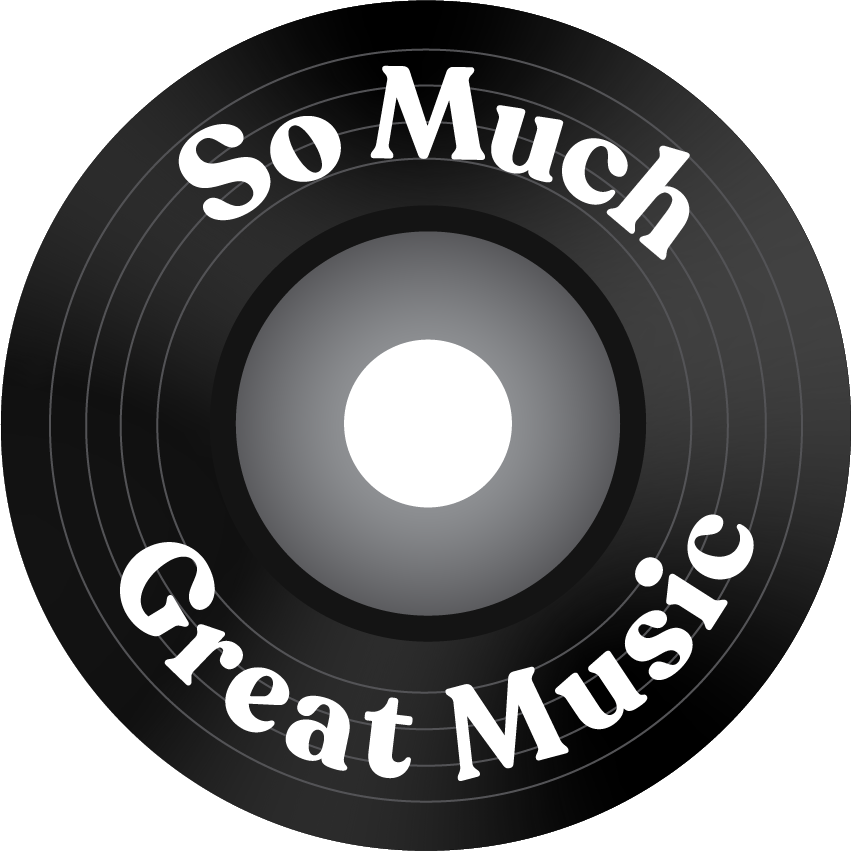
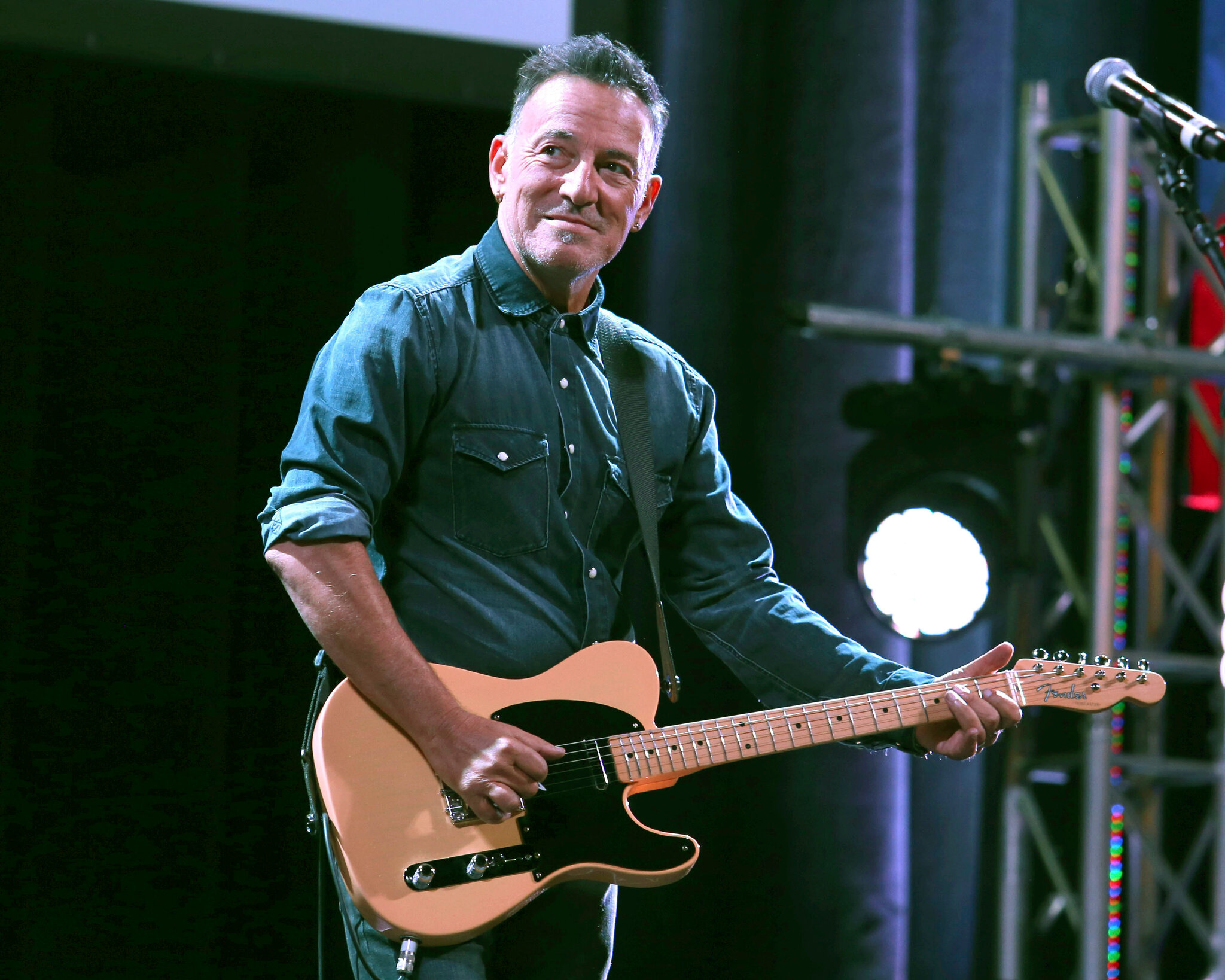


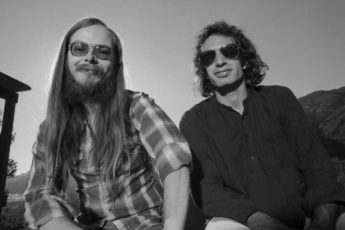
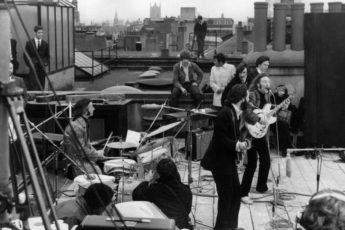
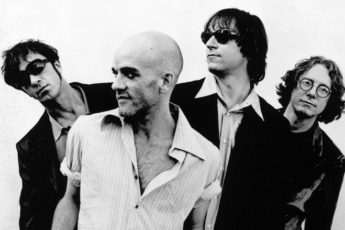
Rob MacMahon
July 19, 2021 11:18 amThis was always my fave song from The Rising. IMHO, that would hv been a far better EP than album. I felt there were too many filler songs on there.
But I too always contemplated the “Mary Motif” and wondered who she was based upon. I remember when The Rising came out there were many fans, like I, who thought “Mary’s Place” could become the new Rosalita but it never seemed to take off like I thought it would. No matter, I love it and love when he breaks it out live.
Keep up the yeoman’s work, BG. Music is life. RMac
Daryl Laumann
August 20, 2021 11:44 amTruly interesting how often “Mary” shows in rock lyrics. I always contended, and still do, that the most used names, especially during the early years, were “Sally” & “Sue/Susan”. Research that.
So Much Great Music
August 21, 2021 4:52 pmI can give you Mustang Sally, Long Tall Sally, Lay Down Sally, Sneakin’ Sally Through The Alley…Runaround Sue, Susie Q, and Wake Up Little Susie, to name but a few. But it seems like you’ve probably already done the research.